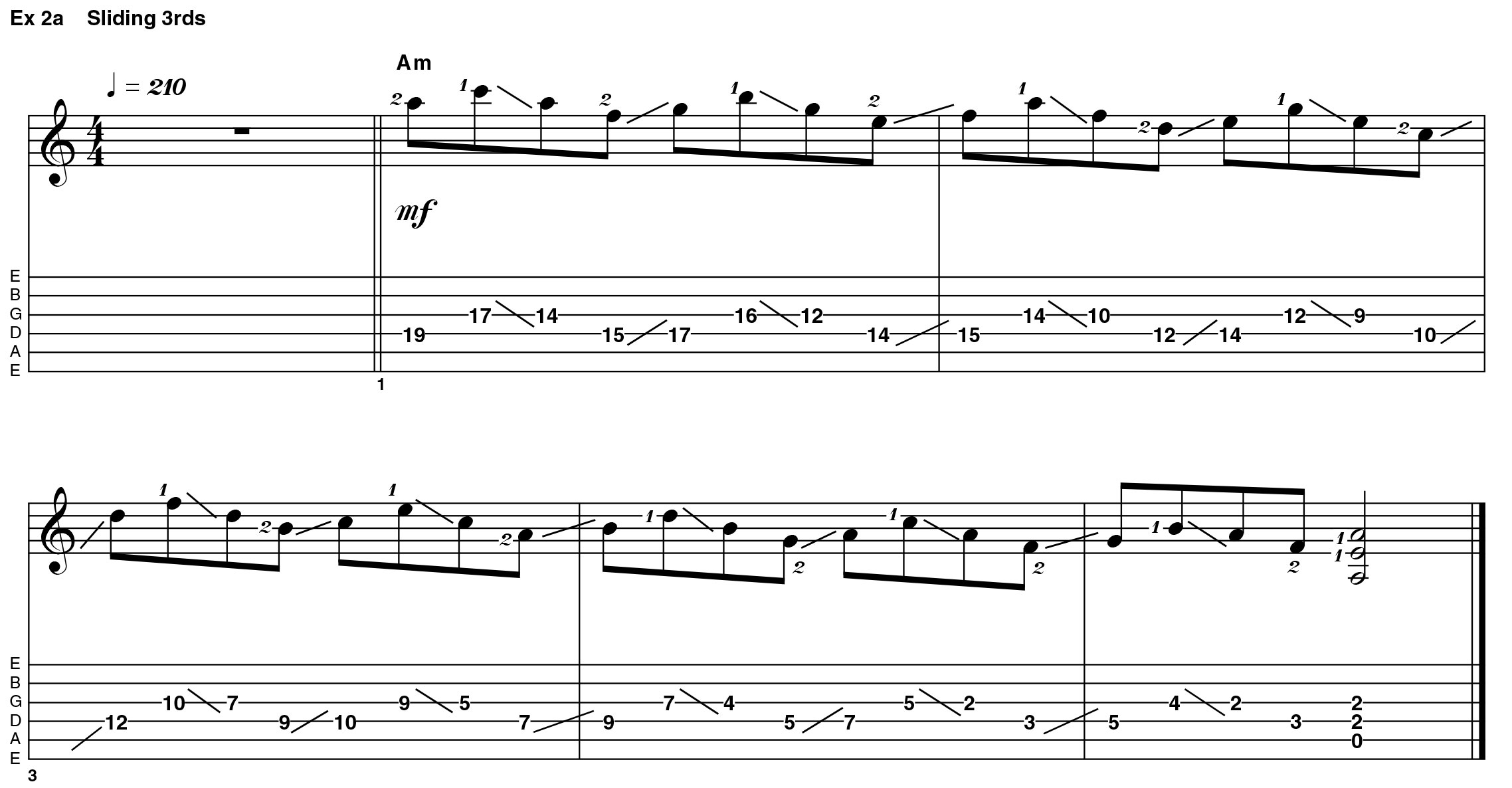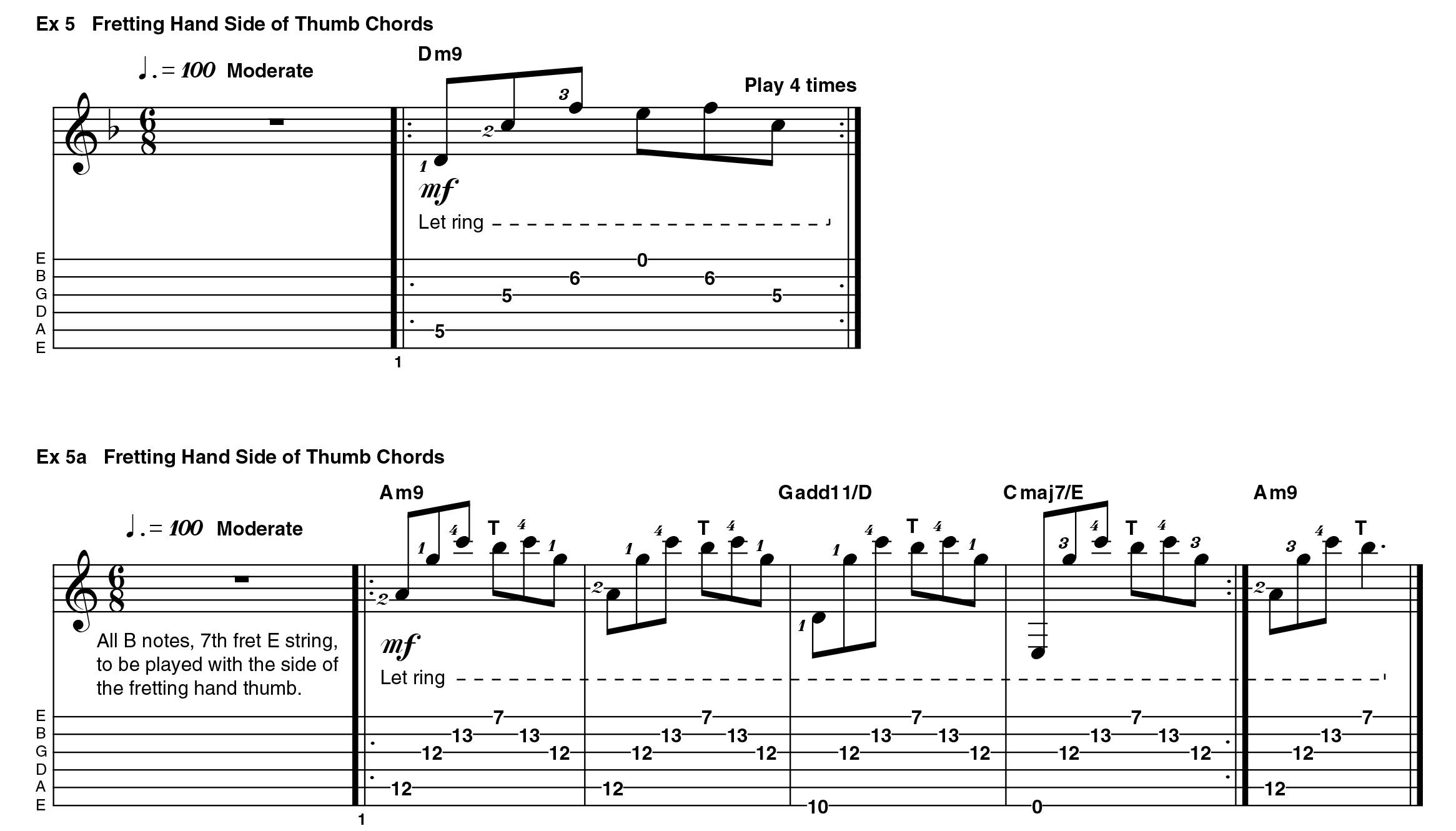How experimenting with your fingering can improve your guitar solos
Whip your pinkie into shape - or go the Django route...
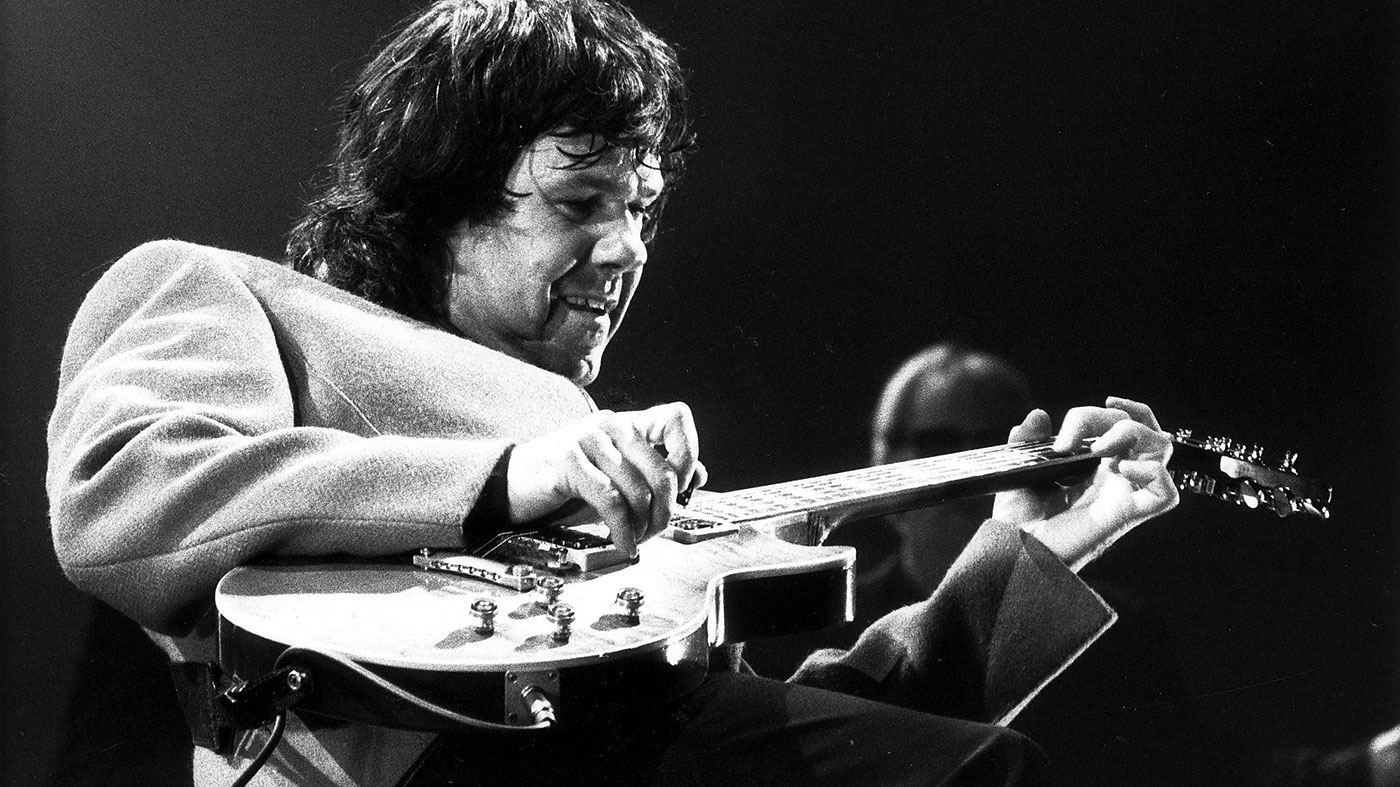
We are back on conceptual turf with a look at our fretting hand and - more specifically - how we choose and use our unruly digits. Right from the start, I should point out that the development and usage of all the left-hand fingers is vitally important to all guitarists.
‘I didn’t like that guitar solo because [the guitarist in question] used the wrong fingers’ is something that no-one said ever
However, I do think there are quite a few occasions when either limiting or carefully considering which ones you can use yields better results. This point particularly applies to rock and blues soloists, but some of it is valid right across the board. Hopefully some of what follows will at least make you think a little more about your options.
Before we get we started though, here’s a little food for thought - I think it is reasonable to say that a statement along the lines of “I didn’t like that guitar solo because [the guitarist in question] used the wrong fingers” is something that no-one said ever! Remember to always experiment with as many options as possible.
Example 1
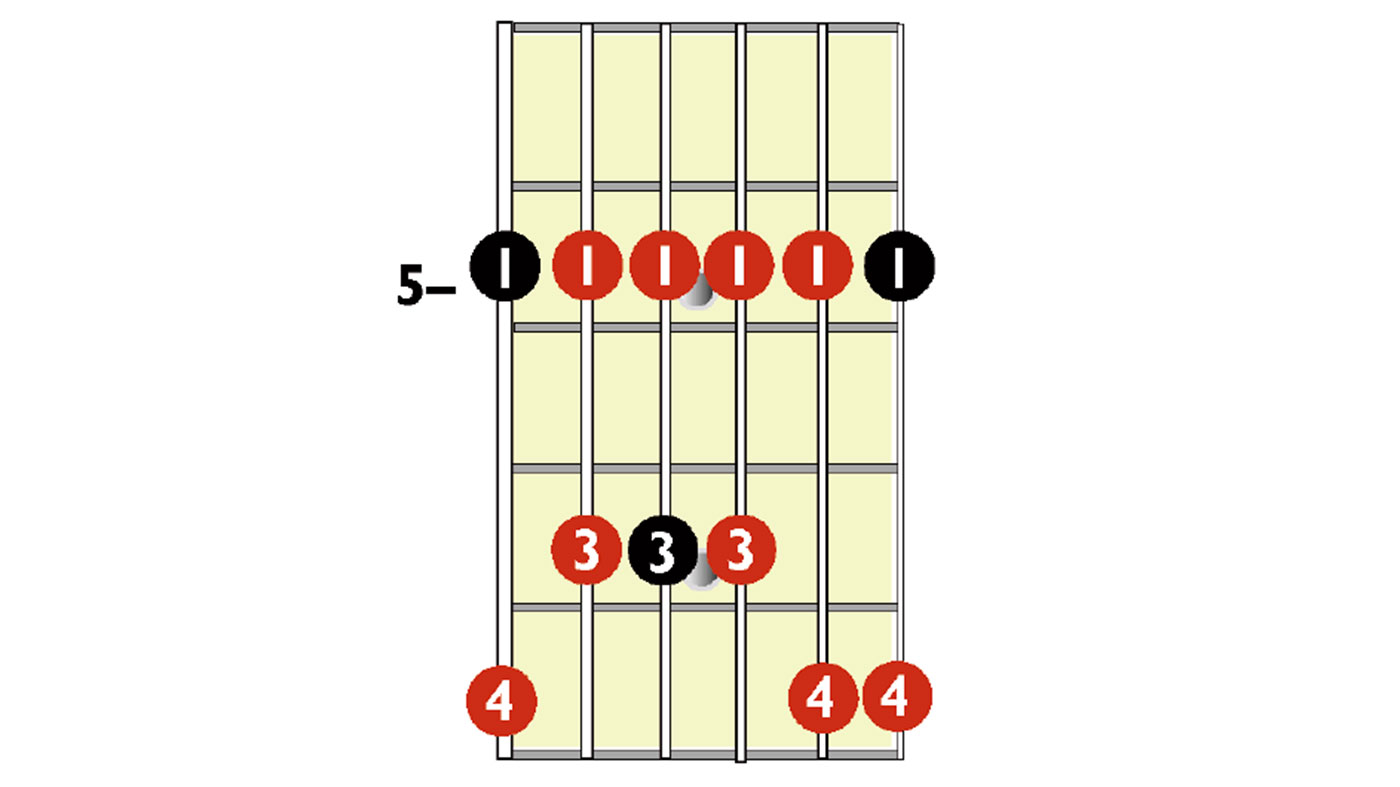
Let’s start by looking at a few A minor pentatonic fingerings - hopefully everyone knows these, right? Speaking as an instructor who started writing articles a long time before YouTube and the proliferation of available live videos, the ‘finger-per-fret’ rule for fingerings was often the order of the day as can be seen here in Ex 1. It’s a logical and sensible fingering, it’s good for developing the necessary ‘finger memory’ of any given scale shape and it gets you using your fourth finger immediately. None of which is a bad thing.
Example 1a and 1b
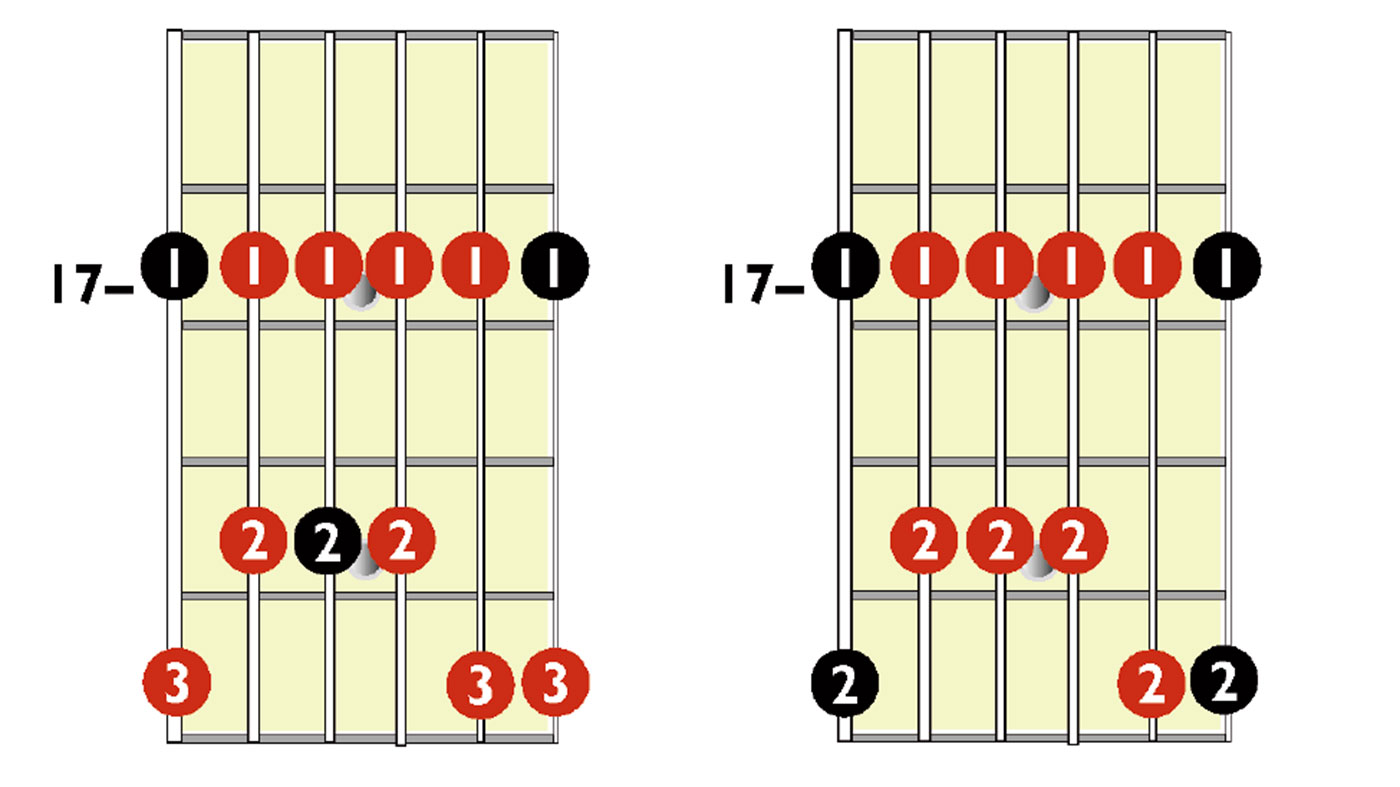
There are no set rules as to which fingers are used during solos. It either works or it doesn’t. I often see students trying to play the same fingering shown in Ex 1 up at the 17th fret, often with disastrous results. If you have a large hand you won’t have enough room to get the fingers in. In Ex 1a and 1b I have shown two fingerings I think work better and are less cluttered. My favourite is 1b because it only uses two fingers. Gary Moore, for instance, used this fingering pretty much everywhere - even at the 5th fret.
Example 1c

Yet another good reason to master this two-finger pentatonic approach is that as you advance to playing licks that involve stretches up to notes from a higher position, you need the grounding of the two-finger pentatonic fingerings first - particularly using fingers 1 and 2 to play the minor 3rd on the top two strings. This short lick should make this point clear.
Example 2 and 2a
When playing third intervals harmonically on all string pairs except the G and B, it is common to use fingers one and two for the major 3rds and one and three for the minor 3rds (Example 2). This is totally fine. When you come to play lines using these intervals (Example 2a) there can often be confusion and resultant ‘finger crashes’. I personally think it is far simpler and more efficient to use a consistent fingering using only fingers one and two. Try it on Ex 2 and see if you agree?
Want all the hottest music and gear news, reviews, deals, features and more, direct to your inbox? Sign up here.
Example 3, 3a and 3b


Moving onto string bending it is often stated that when playing a string bend using your third finger it should be supported (where possible) by fingers one and two. Look no further than David Gilmour who is a true master of this. However, I also think when you bend using your longest finger - finger two - supported by your first finger it is as good and even possibly better for the control of bending and vibrato as the aforementioned third-finger method. This is what Gary Moore pretty much always did and he sounded great! Here are a couple of Gary Moore-ish examples and also a Van Halen-styled idea, all of which use the second finger for bending throughout - apart from the ¼ tone first-finger bends in Ex 3a, which should be played as indicated, with your first finger.
Example 4
Have you ever wondered if Django Reinhardt played the way he did due to his limitations? He lost most of the use of his fourth and third left-hand fingers in a fire. However, with practice, he developed a brilliant mainly two-finger lead technique where he was pretty much forced to play more laterally on the fingerboard. I think it’s not unfair to say that as he had fewer fingers to choose from, his thought process would have been faster as a result. It was simply a matter of using one finger or the other. The nano-seconds we routinely spend thinking of which of the other two fingers to use must surely slow us down? Here is a very typical Django phrase - it is played using only fingers one and two and efficiently covers a lot of the fretboard. It’s hardly limited, that’s for sure!
Example 5 and 5a
One commonly missed digit in playing is the thumb. Here is a fun thing to try. First of all play the Dm9 arpeggio in Ex 5 - it’s easy. Then move the same fingering up to Am9 at the 12th fret. The note that was the open E now becomes a B at the seventh fret of the high E string, although this chord can be played conventionally - it is a bit of a stretch.
Instead, try to fret the notes on the A, G and B strings as shown and then bring your left-hand thumb round to the front of the fretboard and play the B using the palm-side of your thumb. It might seem awkward at first and even hurt a bit but it is totally valid and, as a bonus, you will find you can reach notes that are impossible with any other way.
Incidentally, the Gadd4/D would be very nasty to play conventionally! I can’t think of that many players who use this technique, but one player who is brilliant at it is Scotty Anderson - check him out.

